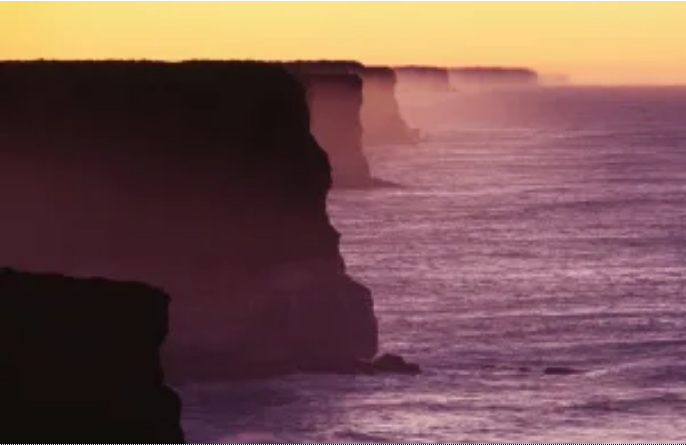Bianca Hall, theage.com.au
The Great Australian Bight at sunrise. Credit:Alamy
Norwegian energy giant Equinor has dumped plans to conduct deep-sea oil exploration in the Great Australian Bight, about 400 kilometres off the South Australian coast, saying the plan is no longer "commercially competitive".
The decision comes a month after the Wilderness Society filed documents in the Federal Court, backed by local government and traditional owners, challenging federal environmental approval for deep-sea drilling in the Bight.
"Following a holistic review of its exploration portfolio, Equinor has concluded that the project’s potential is not commercially competitive compared with other exploration opportunities in the company," he said.
"The approval of the Stromlo-1 exploration well environment plan confirmed our ability to safely operate in the Bight. However, Equinor has decided to discontinue its plans to drill the Stromlo-1 exploration well, as the opportunity is not commercially competitive."
The decision was welcomed by Wilderness Society South Australia director Peter Owen, who said he had never seen so much community opposition to a project.
"We're obviously commending [Equinor] for making this decision and following BP, Chevron and more recently Karoon Gas in abandoning plans to drill in the Bight," he said.
"It's very clear the people of Australia don't support this proposal, and haven't for a long time. It's in the very middle of the Great Australian Bight and a massive whale sanctuary.
"And it's also the wrong time in history to be pushing an expansion of the fossil fuel industry. It's obvious there's no social licence for this."
Mr Stangeland said Equinor maintained an exploration permit offshore in Western Australia, and "will maintain other ongoing interests and activities in Australia".
Graeme Bethune, chief executive of prominent energy industry consultancy EnergyQuest, said the "disappointing" decision appeared to be linked to European oil companies committing to stronger carbon reduction targets.
Last month Equinor vowed to reduce its net carbon intensity by at least 50 per cent by 2050.
Full story at The Age

